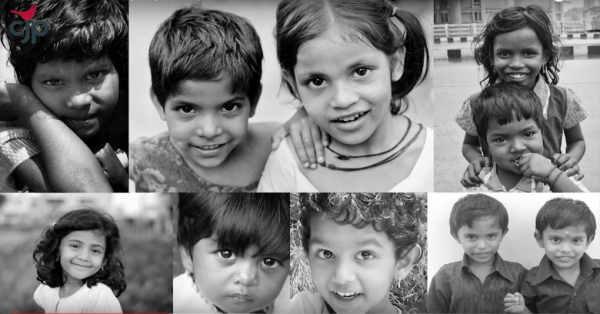
The UN warns that the damage could be due to the following factors:
- Falling into poverty
- Threats to child survival and health
- Exacerbating the learning crisis
- Risk to child safety
The UN estimates that ” 42-66 million children could fall into extreme poverty as a result of the crisis this year, adding to the estimated 386 million children already in extreme poverty in 2019.” Poverty could also directly impact the children’s access to healthcare. The brief says, “Economic hardship experienced by families as a result of the global economic downturn could result in hundreds of thousands of additional child deaths in 2020, reversing the last 2 to 3 years of progress in reducing infant mortality within a single year. And this alarming figure does not even take into account services disrupted due to the crisis – it only reflects the current relationship between economies and mortality, so is likely an under-estimate of the impact.”
The report also raises concerns about how the closure of schools and educational institutions in wake of the coronavirus outbreak could impact the lives of children. It says, “188 countries have imposed countrywide school closures, affecting more than 1.5 billion children and youth. The potential losses that may accrue in learning for today’s young generation, and for the development of their human capital, are hard to fathom. More than two-thirds of countries have introduced a national distance learning platform, but among low-income countries
the share is only 30 percent. Before this crisis, almost one third of the world’s young people were already digitally excluded.”
Addressing the subject of child safety the report says, ” Lockdowns and shelter in place measures come with heightened risk of children witnessing or suffering violence and abuse. Children in conflict settings, as well as those living in unsanitary and crowded conditions such
as refugee and IDP settlements, are also at considerable risk. Children’s reliance on online platforms for distance learning has also increased their risk of exposure to inappropriate content and online predators.”
The brief lists the following three priorities as the way to tackle the challenges that children are facing or likely to face amidst the pandemic:
- Re-balance the combination of interventions to minimise the impact of standard physical distancing and lockdown strategies on children in low-income countries and communities and expand social protection programmes.
- Prioritise the continuity of child-centred services, with a particular focus on equity of access – particularly in relation to schooling, nutrition programmes, immunization and other maternal and newborn care, and community-based child protection programmes.
- Provide practical support to parents and caregivers, including how to talk about the pandemic with children, how to manage their own mental health and the mental health of their children, and tools to help support their children’s learning.
The entire brief may be read here: Download PDF




